- About us
- Support the Gallery
- Venue hire
- Publications
- Research library
- Organisation chart
- Employment
- Contact us
- Make a booking
- Onsite programs
- Online programs
- School visit information
- Learning resources
- Little Darlings
- Professional learning
Tamara Tchinarova (1919–2017), one of the original 'baby ballerinas' of the Ballets Russes de Monte Carlo, began training with the Russian teacher Olga Preobrajenska, formerly of the Imperial Russian Ballet, at age ten after her family emigrated to Paris from Romania. Noticed by choreographer George Balachine, at twelve she joined the Ballets Russes de Monte Carlo. Tchinarova came to Australia on the first and second tours of the Russian ballets in 1936 and 1938, and chose to remain in Sydney after the second tour. During the 1940s she danced with three Australian dance companies, the Kirsova Ballet, the Polish-Australian Ballet and the Borovansky Ballet. After moving to London, she began working as a Russian/English interpreter for businesses and touring ballet companies, including The Australian Ballet, and as a dance writer. Tchinarova came back to Australia for the last time in 1994 as a guest of The Australian Ballet, delivering a series of lectures. Her autobiography, Dancing into the Unknown: My Life in the Ballets Russes and Beyond, was published in 2007. She died ten years later in Marbella, Spain at the age of 98.
Photographer Max Dupain's glamorous images of the Ballets Russes, such as this portrait of Tchinarova from 1938, capture the excitement and impact of their three avant-garde tours of Australia in the late 1930s.
Gift of Rex Dupain 2003. Donated through the Australian Government's Cultural Gifts Program.
Rex Dupain (15 portraits)
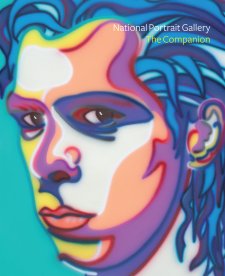
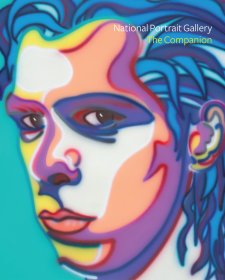

On one level The Companion talks about the most famous and frontline Australians, but on another it tells us about ourselves.
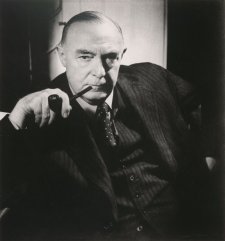

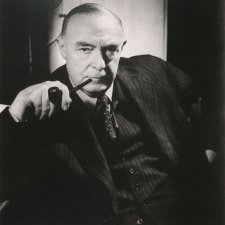
Johanna McMahon revels in history and mystery in pursuit of a suite of unknown portrait subjects.
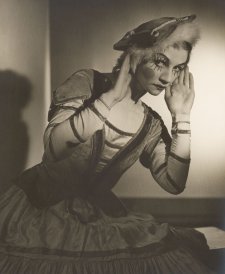
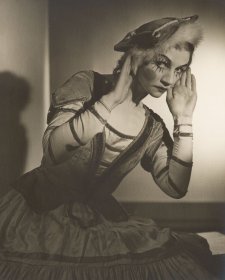
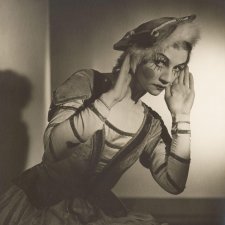
Gael Newton delves into the life and art of renowned Australian photographer, Max Dupain.